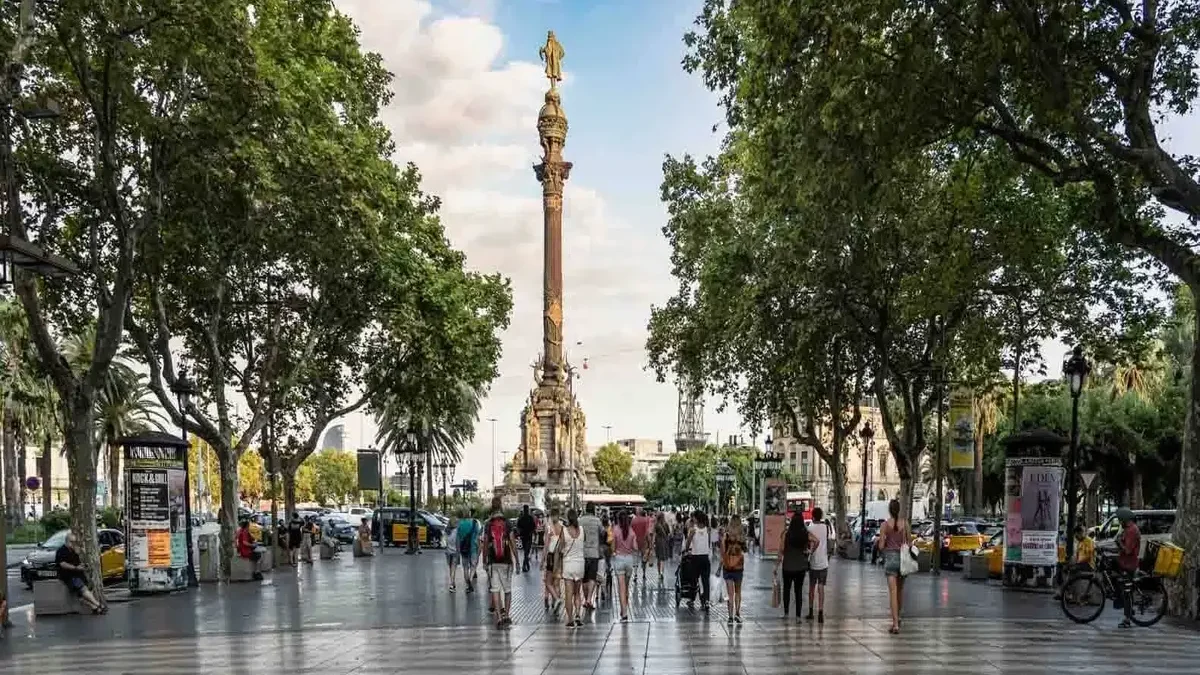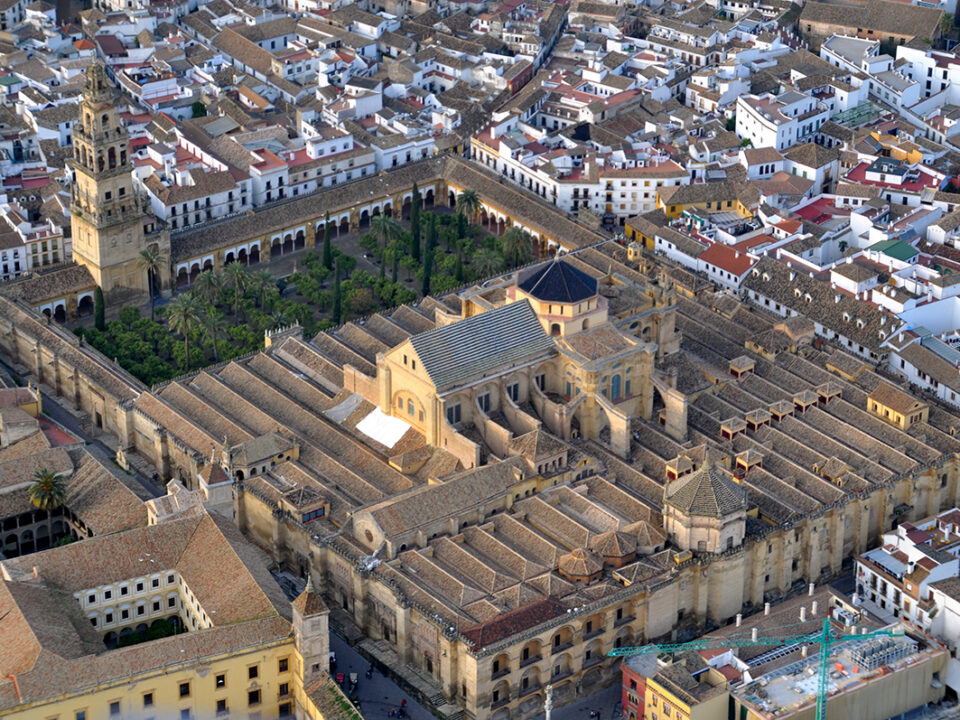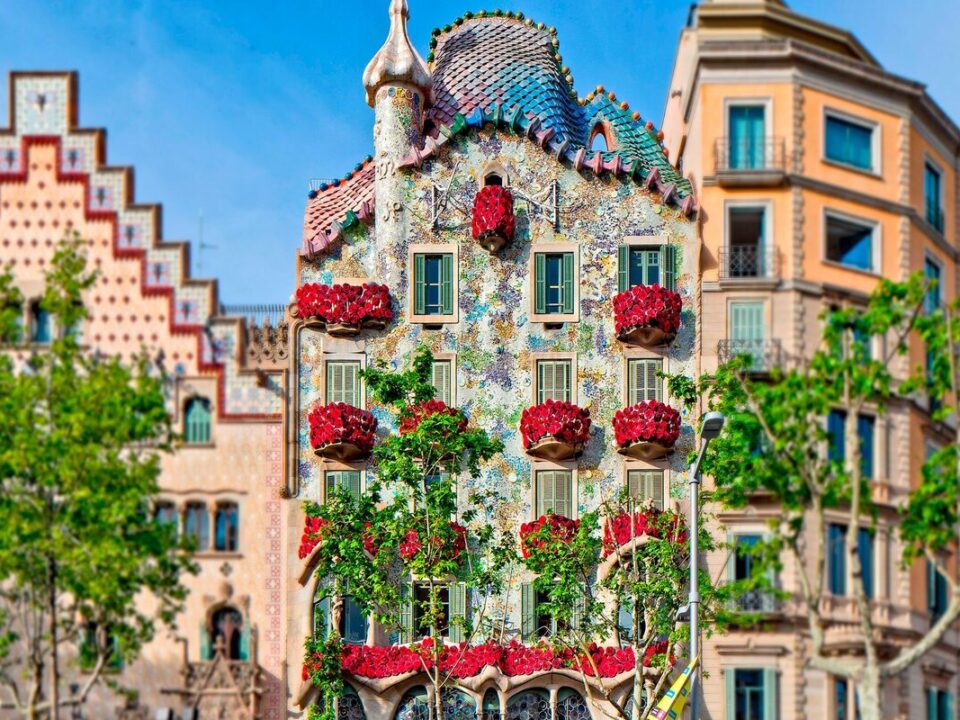Exploring La Rambla: The Vibrant Heart of Barcelona, Spain

Exploring La Rambla: The Vibrant Heart of Barcelona, Spain
La Rambla, often referred to in the plural as Las Ramblas, is a bustling boulevard in the heart of Barcelona, Spain, and one of the city’s most iconic landmarks. Stretching approximately 1.2 kilometers from Plaça de Catalunya to the Christopher Columbus Monument at Port Vell, this vibrant pedestrian street captures the essence of Barcelona’s spirit. From the live performances and local artists to the myriad of shops and cafes, La Rambla offers a sensory overload that is quintessentially Barcelonian. Here’s everything you need to know about visiting this lively street.

History and Significance
La Rambla was originally a drainage ditch running outside the city walls, used to channel rainwater from the Collserola hills to the sea. Over time, it was transformed into a street in the 14th century when the city walls expanded. This transformation brought significant social and commercial life to La Rambla, making it the bustling hub it is today.
Cultural and Social Hub
Street Performers and Artists
La Rambla is famous for its living statues, street performers, and artists who bring an eclectic vibe to the boulevard. As you stroll down the street, you’ll encounter performances ranging from flamenco dancers to acrobatic acts, each adding a unique flavor to the Rambla experience.
Markets and Shopping
The street is lined with numerous kiosks selling everything from souvenirs and newspapers to flowers and exotic pets. Midway down La Rambla, you’ll find La Boqueria Market, one of the most famous food markets globally. This market offers an array of fresh produce, meats, seafood, and ready-to-eat treats.
Cafés and Restaurants
La Rambla is dotted with numerous cafes and restaurants where you can sample Catalan cuisine or simply enjoy a drink while people-watching. Historic establishments like Café de l’Opera have been serving locals and tourists alike for over a century, offering a glimpse into the past with their traditional decor and menus.
Architectural and Cultural Landmarks
Gran Teatre del Liceu
Located on La Rambla, the Liceu Opera House is one of the most significant opera houses in Europe. Opened in 1847, it has hosted some of the biggest names in opera and remains a key cultural landmark. Tours of the theater are available, offering insight into its rich history and architecture.
Palau de la Virreina
A little further down the street, the Palau de la Virreina offers a stunning example of Baroque architecture. Today, it houses a cultural center with exhibitions that rotate throughout the year, showcasing contemporary art and cultural discourse.
Plaça Reial
Just off La Rambla, Plaça Reial is a grand square known for its lively atmosphere and architectural beauty. The square is surrounded by palm trees and buildings with porticoes that house many restaurants and clubs, making it a popular spot for both day and nighttime activities.
Safety and Tips
While La Rambla is a must-visit for any tourist in Barcelona, it’s important to be cautious, as the area is known for pickpockets. Here are some tips to ensure a safe visit:
- Stay Vigilant: Keep an eye on your belongings at all times, especially in crowded spots.
- Avoid Street Games: Be wary of street games like three-card Monte, as they are often scams targeting tourists.
- Explore Side Streets: La Rambla is surrounded by numerous fascinating side streets in the Gothic Quarter and Raval, which are worth exploring. These areas often offer a more authentic dining and shopping experience at better prices than the main street.
Best Time to Visit
La Rambla can be enjoyed year-round, but the best time to visit is during the spring (April to June) or fall (September to November) when the weather is more temperate and the crowds are smaller compared to the busy summer months.
Conclusion
La Rambla remains one of Barcelona Spain most dynamic and spirited locations, perfectly encapsulating the diverse cultural, social, and artistic elements that define the city. Whether you’re there to soak up the lively atmosphere, enjoy some local cuisine, or dive into the rich cultural tapestry through its landmarks, La Rambla offers a little something for everyone. It is a microcosm of Barcelona’s vibrant life and an essential experience for any visitor to the city.




1 Comment
[…] Exploring La Rambla: The Vibrant Heart of Barcelona, Spain […]